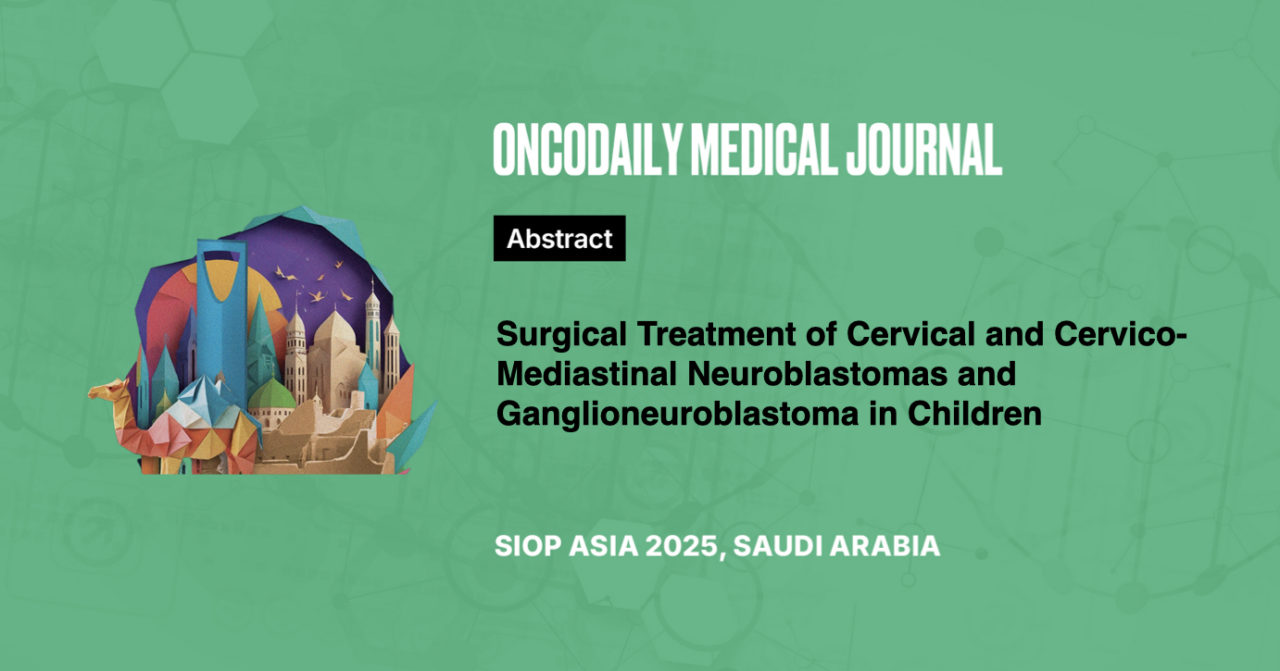Surgical Treatment of Cervical and Cervico-Mediastinal Neuroblastomas and Ganglioneuroblastoma in Children
Abstract
Introduction: Neuroblastoma with neck localization accounts from 3 to 5% of all neuroblastomas. We investigated typical IDRF, intraoperative and postoperative complications according to the level of neck localization.
Methodology: From 2012 to 2024 we operated 26 children with cervical and cervicomediastinal neuroblastomas and ganglioneuroblastoma. Based on the level of localization, patients were divided into three groups: the 1st level with tumor spread to the skull base, the 2nd level with tumor isolated in the soft tissues of the neck in the parapharyngeal space, the 3rd level with tumor spread to mediastinum.
Results: The ages of patients ranged from 1 month to 14 years old, including 13 males and 13 females, 12 of them up to age 1 year old. 11 patients (39,3%) presented with cervical painless mass, 6 (21.3%) – with Horner’s syndrome. We met one or more IDRF in all patients of the 3rd group (100%), but only in 50% of the 2nd group. GTR (gross total resection) was possible in all patients of the 2nd group (100%) and only in 63,6% in the patients of the 3rd group.
Complications were in 75% of patients of 1st group, 42,9% of them connected with the damage of cranial nerves. All complications in the 2nd and 3rd groups were 60% and 63,6%, respectively. We also met situations with vessels’ conflict: damage of internal jugular vein, – but only in 1st and 2nd groups of investigated patients. All conditions with the vessels’ encasement in the 3rd group were solved without any vessels’ damage.
Conclusion: Our experience with 26 patients with cervical neuroblastomas is quite unique, division patients with cervical neuroblastoma into three groups helps to prognose typical surgical difficulties and complications according to the level of the localization and improve surgical outcomes, especially in patients with vessels’ encasement.





